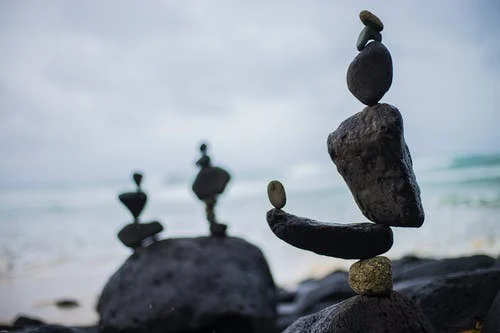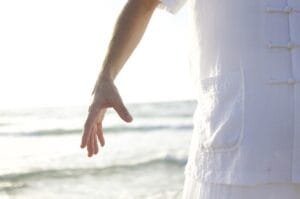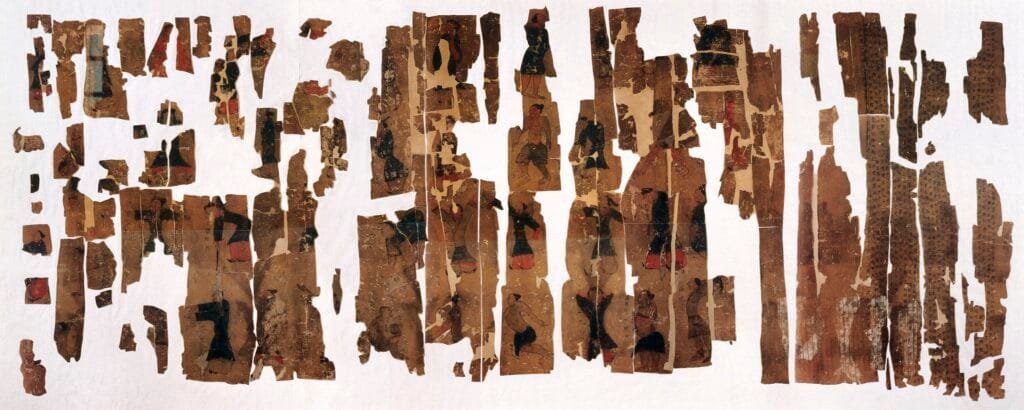Qi Gong (Chi Kung) – Dao Yin
What is Qi Gong (Chi Kung)?
Daoyin, also known as Qigong, is an ancient form of exercise that originated in China over 5000 years ago. This practice combines physical movements, mental concentration, and breathing.
The Chinese exercise Dao Yin (导引) has been widely applied for medical treatment and health preservation since ancient times, and it is also recognized as an effective traditional orthopedic therapy by both ancient and modern traditional Chinese medicine (MTC). “Dao” (导) means to guide Qi, the internal vital energy of the body, to create an internal balance, and “Yin” (引) means to stretch the body to gain strength and flexibility.
What are the benefits of Qigong?
Apart from being an ideal training tool for any practitioner of martial arts, Qigong offers health benefits as remarkable as:
- Increase flexibility
- Strengthen and relax the muscles
- Reeducate posture and improve balance
- Improve the immune system
- Eliminate toxins
- Reduce stress and anxiety
- Increase energy
- Balance emotions

Daoyin
 In ancient times, there were no less than 30 different names to refer to Qi Gong, such as Tu Na, Xing Qi, Bu Qi (infusion of qi), Fu Qi (absorption of qi), Dao Yin, Lian Dan, Xiu Tao (cultivating according to Taoist doctrines), and Zuo Chan. In reality, Qi Gong has many forms, and many of those forms named with the various previous names are different subtypes of Qi Gong and can be classified into Massage Gong, Dao Yin Gong, and Health Preservation Gong, according to their different effects on the body of their practitioners.
In ancient times, there were no less than 30 different names to refer to Qi Gong, such as Tu Na, Xing Qi, Bu Qi (infusion of qi), Fu Qi (absorption of qi), Dao Yin, Lian Dan, Xiu Tao (cultivating according to Taoist doctrines), and Zuo Chan. In reality, Qi Gong has many forms, and many of those forms named with the various previous names are different subtypes of Qi Gong and can be classified into Massage Gong, Dao Yin Gong, and Health Preservation Gong, according to their different effects on the body of their practitioners.
In the 1950s, due to the prolific promotion by the famous Chinese Qi Gong expert, Liu Gui-Zhen, the term Qi Gong was officially recognized by the Chinese government.
History
As the most indigenous health-preservation method in China, Dao Yin exercise can be traced back to ancient times (about 2146 BC). In that era, as recorded in Lü‘s Spring and Autumn Annals · The Old Tunes, “when the tribe of Tao Tang began to govern the world, Yin (here “Yin” refers to the opposite of Yang) was blocked and stagnant, the water courses were silted and there was a huge flood. As a result, people were depressed and their bones and muscles began to atrophy. Therefore, grand dance was created to reinvigorate the bones and muscles of people.” In other words, a kind of dance was created to let patients move their limbs so as to promote the flow of their qi and blood as well as to reinvigorate their bones and muscles, which is exactly the original form of “Dao Yin.”
 The term “Dao Yin” was first used in Zhuangzi: Chapter 15 Rigid and Arrogant —
The term “Dao Yin” was first used in Zhuangzi: Chapter 15 Rigid and Arrogant —
“Huffing, puffing; grunting and groaning; expelling the old breath and taking in the new; undertaking physical exercise like a bear or a bird to preserve the body and soul; long life his sole concern: this is what is approved, this is the Tao of the scholar who infuses his self with breath, feeding his body, hoping to live as long as Peng Zu.”
It is believed that long life can be achieved through physical exercise by imitating the limb movements of animals, such as a bear or a bird, meanwhile with the aid of Tu Na. Compared with general physical activities, Dao Yin has its special features. As stated in Xuan Jian Dao Yin exercise, which is the 36th volume of Yun Ji Qi Qian, an anthology of the Taoist Canon”, “Dao Yin must follow the principle of peace; head must be raised slowly and the body must be stretched rhythmically. That is to say, when practicing Dao Yin, one is supposed to keep himself peaceful, and all the physical movements should be performed with a moderate rhythm.”

Daoyin Tu
In 1973, Chinese archaeologists discovered a silk banner in the tomb of the Marquise of Dai, one of three tombs at the Mawangdui burial site in Hunan near Changsha.
This painting dating from 168 B.C. (Han dynasty from 206 B.C. to 220 A.D.) is 140cm long and 50cm wide, painted in full color, depicting 44 illustrations, each corresponding to a specific animal, organ, or disease. The paintings also include instructions on how to perform the exercises, as well as explanations on their benefits and effects.
The Mawangdui Daoyin Tu is considered to be a valuable source of information on the history and development of Chinese medicine, philosophy, and culture. It also provides insights into the ancient Chinese views on health, disease, and prevention. The Mawangdui Daoyin Tu has been studied and reproduced by many scholars and practitioners, and has inspired many modern versions and adaptations of Daoyin Tu.
In summary
Dao Yin exercise has prevailed in the traditional Chinese medical field for thousands of years. According to related records in ancient books and literature, Dao Yin exercise is a unique system of health-preservation and disease-treatment methods with specific contents and functions, cultivated in the profound and time-honoured cultural soil of the Chinese nation. Different from general physical exercise, Dao Yin exercise integrates the body with breathing, mental focus, and emotional regulation; it is not strenuous but requires the control of rhythm and temperament, which aims to promote health, prevent disease, and treat illness by actively practicing this exercise.
Source and more information:
Para saber más sobre el Daoyin puedes leer nuestro articulo sobre el Daoyin Yangsheng Gong en nuestro blog.
